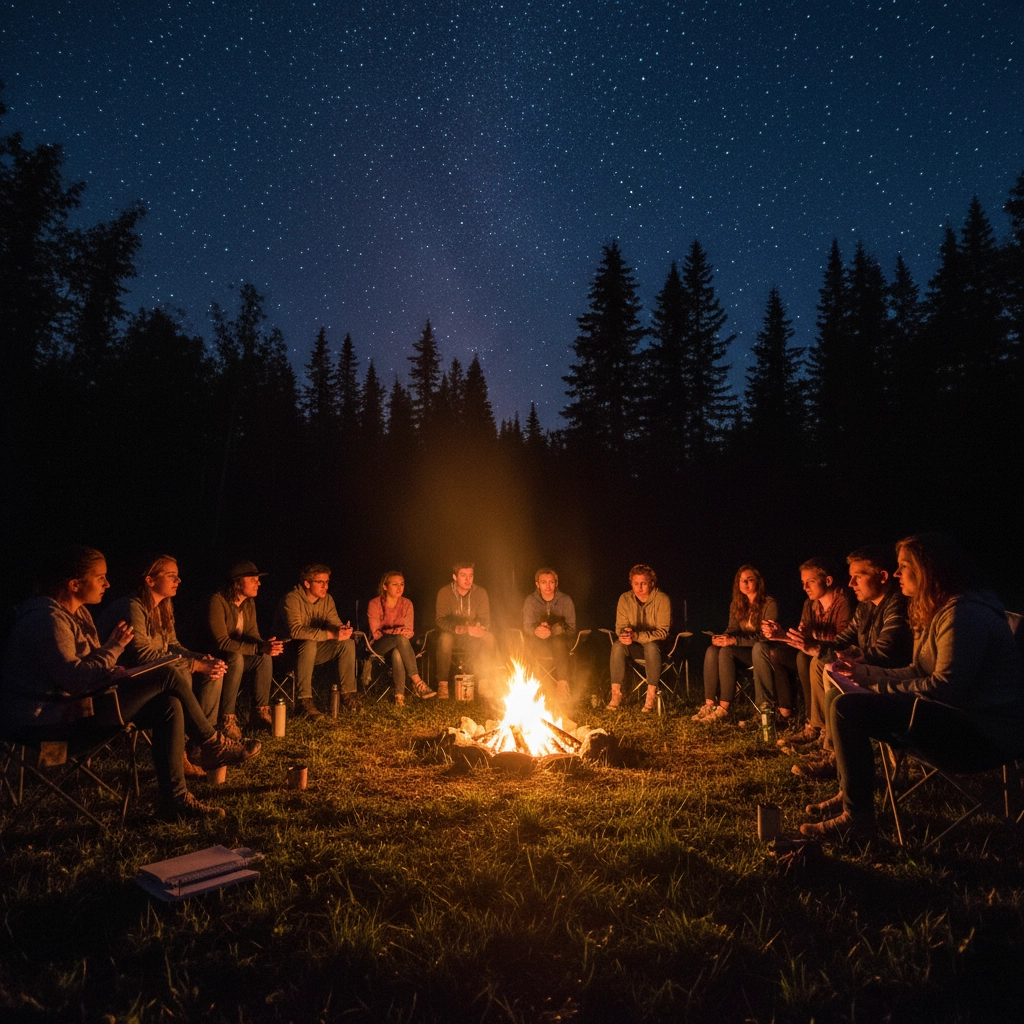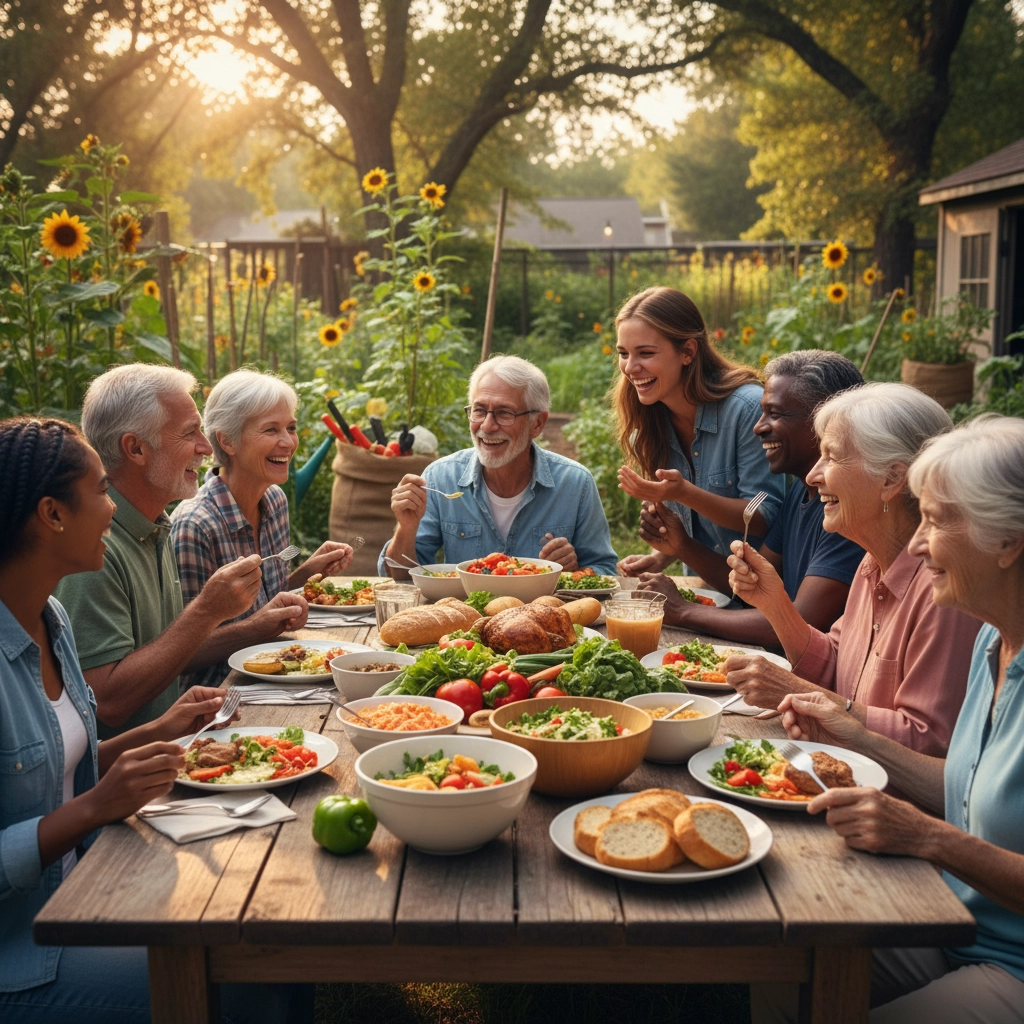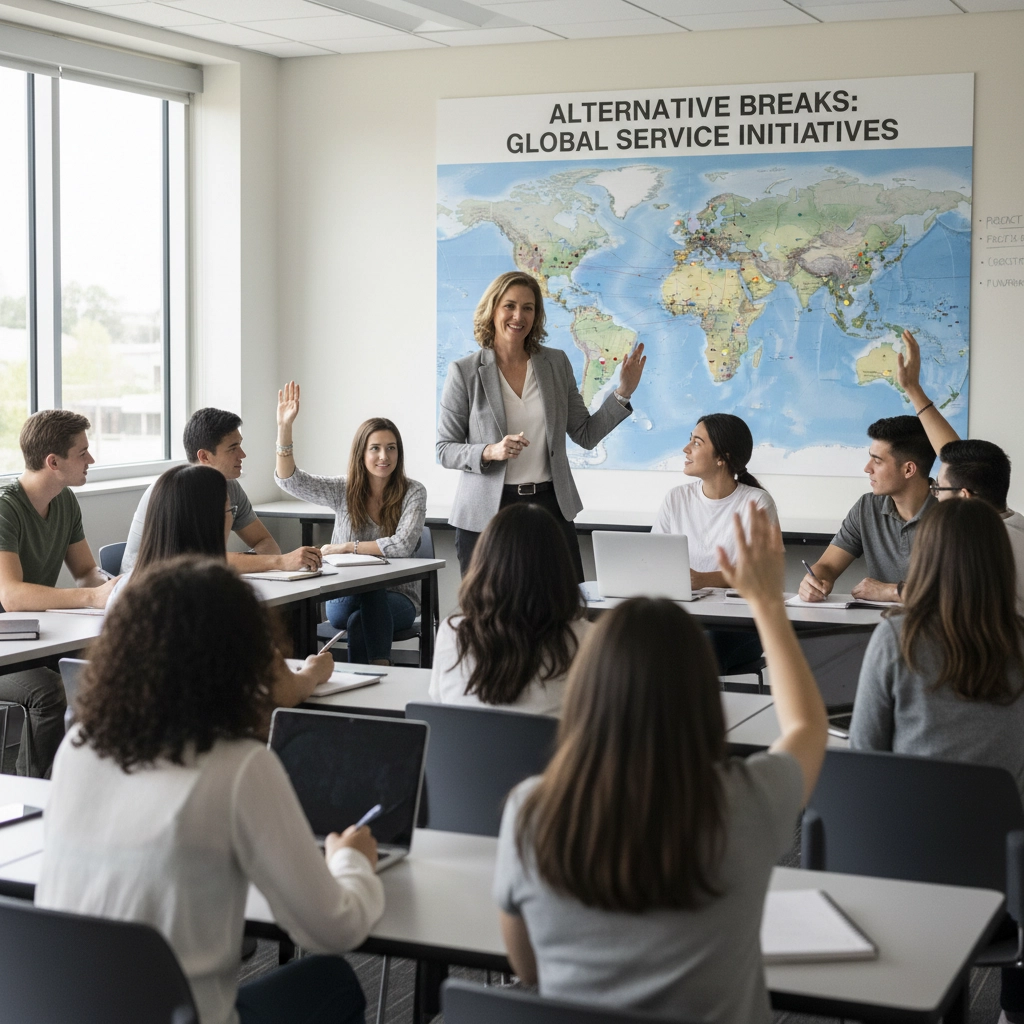The Ultimate Guide to Planning Alternative Breaks: How Student Service Learning Trips Transform Communities and Classrooms
- Caleb Mullenix
- 5 days ago
- 6 min read
The traditional spring break model of sun, sand, and superficial experiences is rapidly giving way to something far more meaningful. Alternative breaks represent a revolutionary approach to student travel that combines purposeful service, deep learning, and transformative personal growth. These immersive experiences are reshaping how educators think about student development and community engagement.
Alternative breaks have evolved into a powerful educational tool that transforms both the students who participate and the communities they serve. Understanding how to plan and implement these programs effectively is crucial for educators seeking to create lasting impact beyond the classroom walls.
Understanding the Alternative Break Movement
Alternative breaks are structured service-learning experiences that take place during scheduled school breaks, where students travel to communities in need to contribute meaningful service while learning about local social issues and developing leadership skills. Unlike traditional field trips or volunteer activities, these programs emphasize reciprocal relationships, sustained engagement, and critical reflection.
The movement has achieved remarkable scale and impact. Research indicates that over 68,000 students participate in alternative break programs annually, contributing more than 622,000 service hours to communities across the globe. The average program organizes approximately 12 trips involving nearly 150 students, who collectively contribute over 5,200 community service hours per institution.

Types of Alternative Break Programs
Spring Break Service Trips
Alternative Spring Break (ASB) remains the most popular format, offering week-long service opportunities during the traditional spring break period. These trips focus on addressing critical community needs while providing students with intensive learning experiences about social justice issues.
Winter Break Expeditions
Alternative Winter Break programs provide service opportunities during shorter winter breaks, often focusing on disaster recovery, housing construction, or supporting communities during challenging winter months.
Summer Immersion Programs
Extended summer programs allow for deeper community engagement, typically lasting 10 days or more. These longer experiences enable students to tackle more complex projects and develop stronger relationships with community partners.
Weekend Service Learning
For schools with limited resources or scheduling constraints, alternative weekend programs provide shorter-term entry points that still maintain the core principles of service, learning, and reflection.
Essential Planning Components
Pre-Trip Preparation and Education
Effective alternative break programs begin months before departure. Comprehensive preparation distinguishes these experiences from typical volunteer opportunities and ensures meaningful impact for both students and communities.
Community Partner Identification: Begin by researching and connecting with established community organizations that have identified specific needs and can provide guidance throughout the planning process. These partnerships should be built on mutual respect and shared goals rather than a one-directional helping model.
Social Issue Education: Provide students with thorough education about the specific social issues they will address. This includes understanding root causes, systemic challenges, and how these issues connect to broader societal structures. Students should examine their own privileges and biases before engaging in service work.
Skill Development Training: Ensure students receive practical training necessary for their specific service work. This might include construction skills for housing projects, tutoring techniques for educational initiatives, first aid certification, or environmental conservation methods.

Building Strong Team Dynamics
Relationship Building Activities: Organize multiple pre-trip meetings that allow team members to build trust, establish group cohesion, and create shared expectations. These relationships prove essential for meaningful reflection and collaborative work during the service experience.
Leadership Development: Train student leaders to facilitate group discussions, manage conflicts, and guide reflection activities. This leadership development extends the educational impact of the program and builds capacity for ongoing engagement.
Cultural Preparation: Provide orientation to the communities, cultures, and contexts where students will serve. This preparation builds respect for local expertise and helps students approach their service with appropriate humility and cultural sensitivity.
Designing Meaningful Service Experiences
Direct Service with Purpose
Alternative breaks emphasize strong, direct service that creates lasting impact in communities. Students typically engage in 6-8 hours of daily service work alongside community members and partners. The key is ensuring that service activities align with community-identified needs and long-term development goals.
Service activities should address real community priorities rather than superficial projects designed primarily for student benefit. Examples include constructing affordable housing, supporting food security initiatives, tutoring children in underserved schools, engaging in environmental conservation, or assisting with disaster recovery efforts.
Structured Reflection Programming
What distinguishes alternative breaks from other volunteer experiences is the centrality of reflection. Daily reflection sessions represent a cornerstone of effective programs, allowing students to process their experiences, examine their assumptions, and make connections between their service work and broader social issues.
Reflection should occur both individually and collectively, incorporating various formats such as guided discussions, journaling, creative expression, and structured activities that help students synthesize their learning.

Transformative Impact on Students
Personal Development and Growth
Alternative breaks serve as catalysts for significant personal development. Students develop social responsibility, leadership capabilities, cultural competency, and a commitment to lifelong learning. Many participants report feeling more connected to their school communities after building relationships with peers from different backgrounds and sharing meaningful experiences.
Academic and Career Influence
The transformative potential extends into students' academic and professional trajectories. Many alternative break participants return energized to take action, creating campus organizations, pursuing internships in the nonprofit sector, or shifting their academic focus toward social justice issues.
Active Citizenship Development
These programs explicitly aim to develop active citizens who make deliberate choices to prioritize community wellbeing throughout their lives. Students learn to examine social issues critically, understand systems of power and privilege, and recognize their potential to create positive change.
Community Impact and Reciprocal Relationships
Sustainable Service Contributions
Communities benefit from substantial direct service contributions that address immediate needs while building long-term capacity. The most effective programs focus on projects that align with community development initiatives and continue to serve communities beyond the immediate trip period.
Relationship Building and Cultural Exchange
Modern alternative breaks emphasize reciprocity rather than a one-directional helping model. Students work alongside community members, learning from local expertise while contributing their energy and skills. This approach creates partnerships grounded in mutual respect and understanding.

Post-Trip Engagement and Continued Learning
Reorientation Programming
The alternative break model extends beyond the service trip itself through structured reorientation activities. Upon returning, participants should identify opportunities for continued local engagement, share their experiences to raise awareness among peers, and organize action initiatives addressing related social issues.
Long-Term Commitment Building
Effective programs help students transition their alternative break experience into ongoing commitment to community engagement and social change. This might include joining advocacy efforts, pursuing additional service opportunities, or incorporating social justice principles into their future career choices.
Implementation Strategies for Educators
Administrative Support and Planning
Successful alternative break programs require strong institutional support, including administrative backing, adequate funding, and integration with existing curriculum and student development goals. Begin planning at least six months in advance to allow for proper preparation and partnership development.
Safety and Risk Management
Implement comprehensive safety protocols including emergency procedures, communication plans, and proper supervision ratios. Ensure all participants understand safety expectations and have access to necessary resources throughout the experience.
Assessment and Evaluation
Develop methods for assessing both student learning outcomes and community impact. Regular evaluation helps improve program effectiveness and demonstrates value to institutional stakeholders.

Getting Started with Alternative Breaks
For educators interested in implementing alternative break programs, begin by researching successful models at similar institutions and connecting with organizations like Break Away that provide resources and support for program development.
Consider partnering with established educational travel organizations that specialize in service-learning experiences. Appleseed Expeditions offers comprehensive alternative break programs that combine meaningful service with educational excellence, providing the structure and support necessary for transformative student experiences.
Start small with pilot programs, gather feedback from participants and community partners, and gradually expand based on lessons learned and demonstrated impact.
Creating Lasting Change
Alternative breaks represent more than volunteer opportunities: they function as transformative educational experiences that fundamentally shape how students understand social issues, engage with communities, and envision their roles as active citizens. The combination of direct service, community partnership, education, reflection, and continued engagement creates conditions for lasting personal and social change that extends far beyond the break period itself.
By implementing well-designed alternative break programs, educators can provide students with experiences that develop empathy, cultural competency, leadership skills, and a lifelong commitment to social justice. These programs create ripple effects that benefit not only individual participants but also their home communities and the broader movement toward more engaged and socially conscious citizenship.
The time has come to move beyond traditional spring break models toward experiences that challenge students, serve communities, and create positive change in our world. Alternative breaks offer a proven pathway for achieving these ambitious but essential goals.



Comments